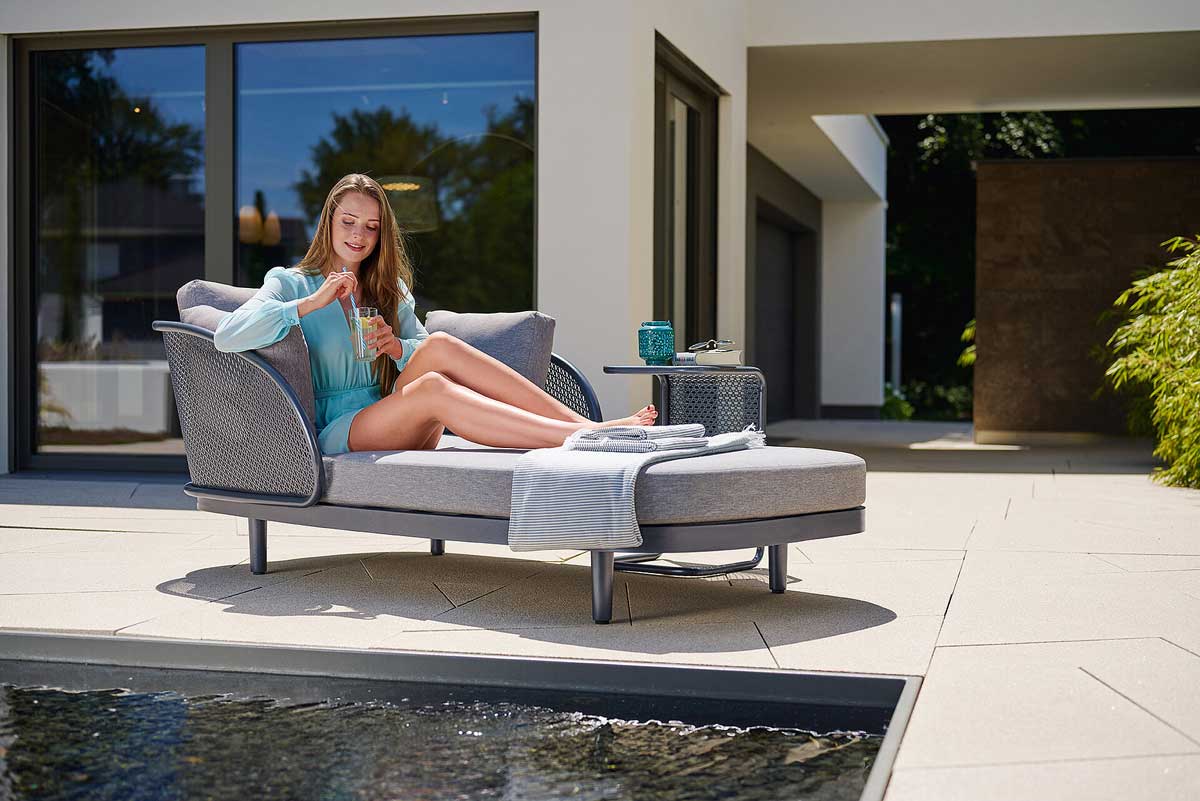The materials used in furniture play a crucial role in defining your home’s style and practicality. From the warmth of wood to the sleekness of metal and the comfort of fabric, each option offers unique benefit for your taste.
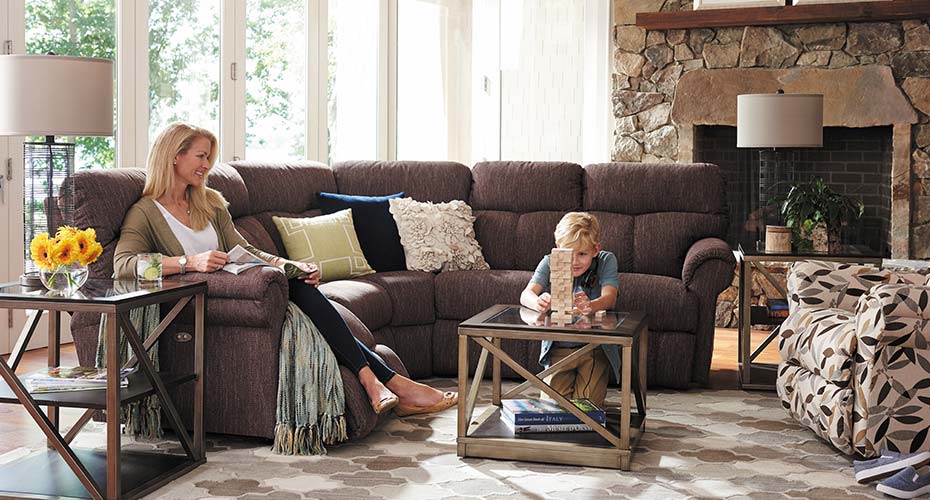
When it comes to choosing furniture, the material is one of the most important factors to consider. The right material can greatly affect not only the aesthetic appeal of your space but also the durability, comfort, and functionality of the furniture. In this article, we’ll compare the three most common furniture materials: wood, metal, and fabric, outlining their pros and cons to help you make an informed decision.
Wood: Timeless and Versatile
Wood is one of the most popular choices for furniture due to its natural beauty, durability, and versatility. From traditional to modern designs, wood can be crafted into a variety of styles to suit any décor.
Advantages:
- Durability: High-quality woods like oak, maple, and walnut are incredibly strong and long-lasting.
- Aesthetic appeal: The natural grain and texture of wood add warmth and elegance to any room.
- Versatility: Wood can be stained, painted, or left natural to complement different styles of interiors.
- Eco-friendly options: Reclaimed or sustainably sourced wood is an eco-friendly option for those looking to reduce their environmental footprint.
Disadvantages:
- Maintenance: Wood requires regular maintenance to prevent damage from moisture, scratches, or pests.
- Weight: Wooden furniture tends to be heavy, making it more difficult to move.
- Cost: Depending on the type of wood, it can be expensive, especially for high-quality hardwood pieces.
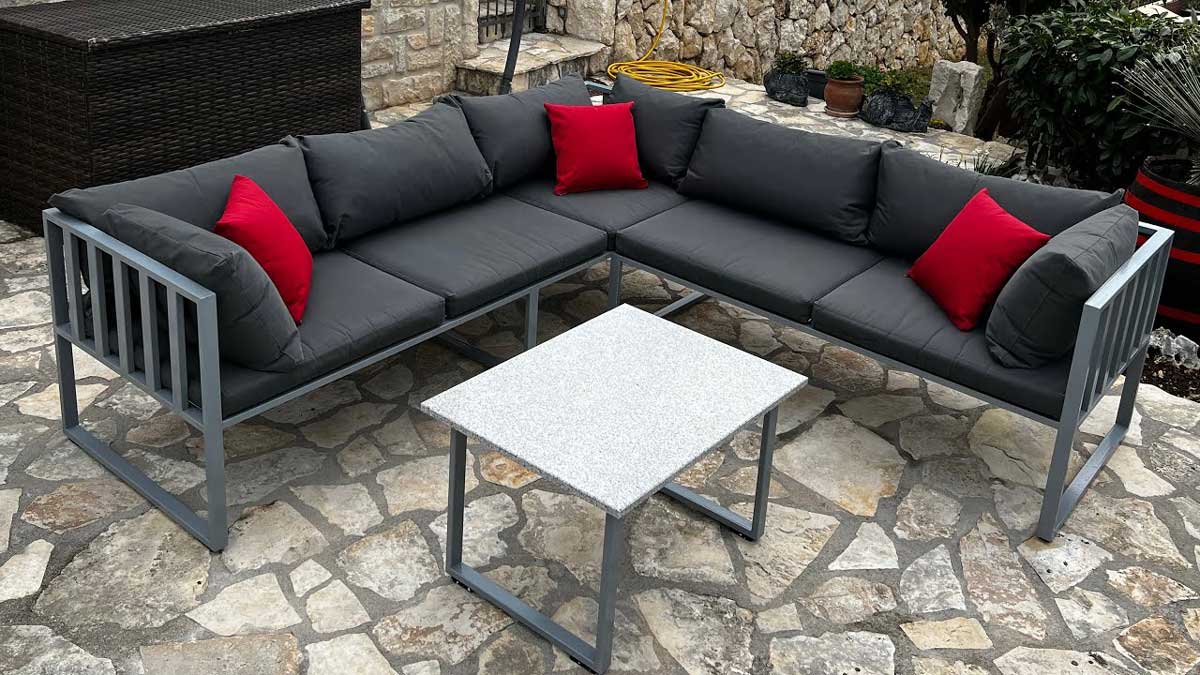
Metal: Modern and Durable
Metal furniture is often associated with industrial or modern design, but it’s also used in a wide range of styles due to its durability and sleek appearance. It can be used alone or combined with other materials like wood or glass.
Advantages:
- Strength: Metal furniture, especially made from steel or aluminum, is extremely durable and can withstand heavy use.
- Low maintenance: Metal is resistant to damage from moisture, pests, and other environmental factors, making it easy to maintain.
- Versatility: It works well in both indoor and outdoor spaces, particularly in modern, industrial, or minimalist designs.
- Lightweight options: Some metals, like aluminum, are lightweight, making furniture easier to move.
Disadvantages:
- Comfort: Metal furniture can be cold and hard, so it’s often combined with cushions or fabric for added comfort.
- Rusting: Certain metals, like iron, can rust if not treated properly, especially when exposed to moisture.
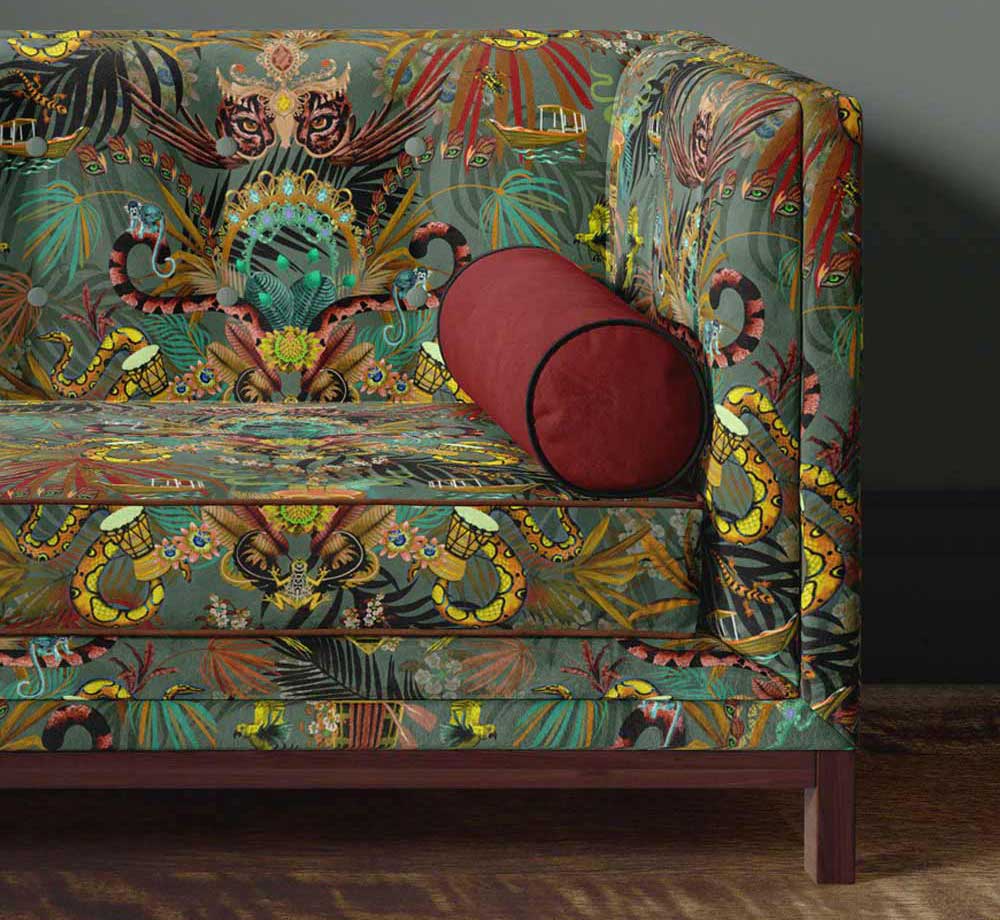
Fabric: Comfort and Style
Fabric furniture is often associated with sofas, chairs, and other upholstered items. The wide range of fabric choices allows for maximum customization in terms of texture, color, and pattern.
Advantages:
- Comfort: Fabric-covered furniture is usually more comfortable than wood or metal, making it a great option for relaxation.
- Variety: Fabric comes in endless patterns, colors, and textures, allowing you to choose the perfect style for your space.
- Affordability: Fabric furniture can often be more affordable than leather or wood alternatives, making it a good option for budget-conscious shoppers.
Disadvantages:
- Stain-prone: Fabric is more susceptible to stains and can be difficult to clean, especially with lighter colors.
- Durability: Fabric may wear out faster than other materials and is prone to fading and fraying over time.
- Allergens: Fabrics can trap dust, pet hair, and other allergens, which may be an issue for allergy sufferers.
Wood, Metal, or Fabric: Which is Better?
The choice between wood, metal, or fabric furniture ultimately depends on your needs and preferences. Here are a few considerations to keep in mind:
- For durability and longevity: Wood and metal are better options if you’re looking for pieces that will last a long time.
- For comfort: Fabric is the most comfortable option, especially for sofas and chairs.
- For versatility: Wood is incredibly versatile and works well in a range of interior styles, while metal is perfect for modern and industrial designs.
- For outdoor use: Metal, particularly aluminum, is best for outdoor furniture due to its resistance to weather.
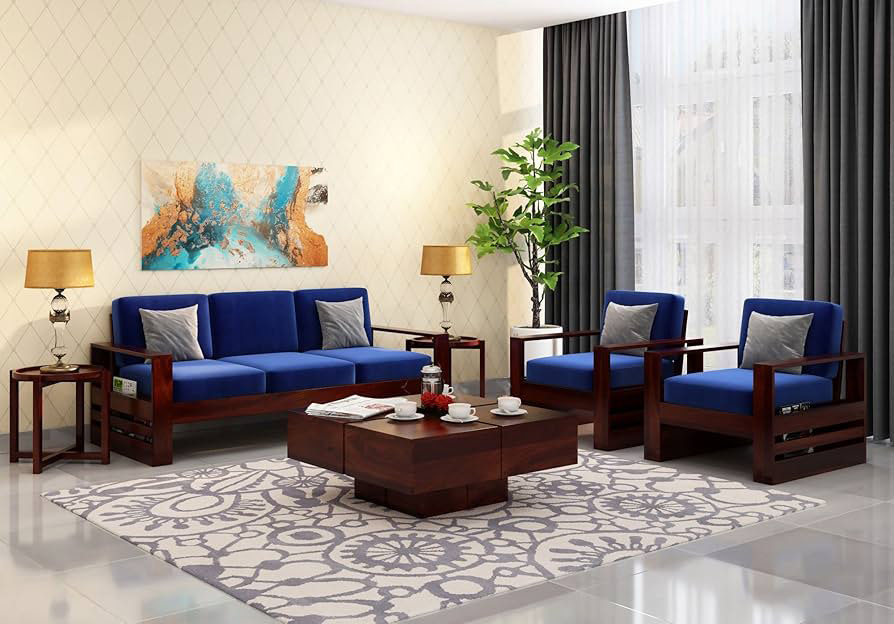
Frequently Asked Questions
- What is the best material for furniture?
The best material depends on your needs. Wood offers timeless beauty and durability, metal is strong and modern, while fabric provides comfort and variety. - Which material is more durable: wood or metal?
Both wood and metal are durable, but metal tends to be more resistant to environmental damage like moisture, while wood requires more maintenance to stay in good condition. - How do I maintain furniture made from different materials?
- Wood: Regular polishing and protection from moisture are essential. Avoid placing wooden furniture in direct sunlight or near heat sources to prevent warping or fading. Periodically clean with a soft cloth and use wood oil or polish to maintain its shine.
- Metal: Metal furniture requires minimal maintenance. To prevent rust, especially on iron or steel furniture, keep it dry and consider applying a protective coating if it’s used outdoors. Aluminum, being rust-resistant, requires only occasional cleaning with a damp cloth.
- Fabric: Vacuum fabric furniture regularly to remove dust and debris. For stains, spot-clean immediately using a fabric cleaner or mild soap and water. Depending on the type of fabric, professional cleaning may be necessary to maintain its appearance over time.
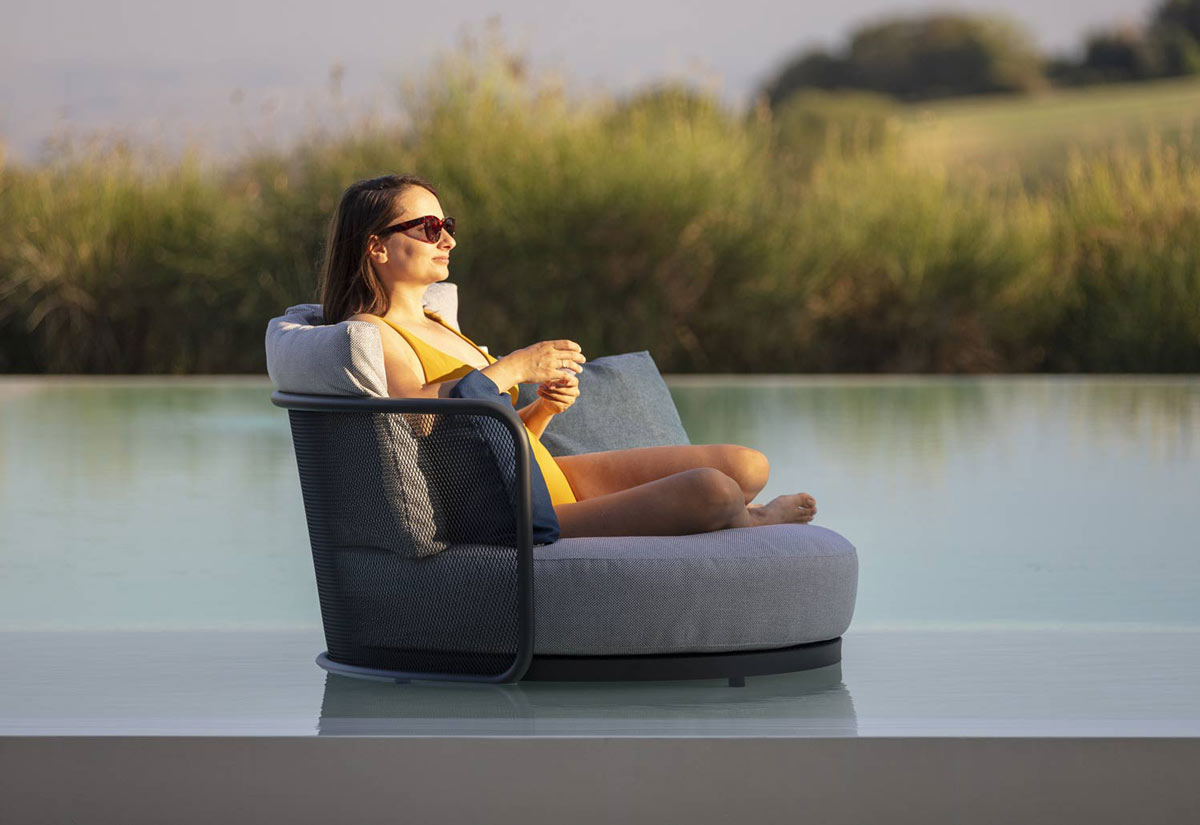
Conclusion
When it comes to choosing between wood, metal, and fabric furniture, each material has its own strengths and drawbacks. Wood offers timeless beauty and durability, metal provides strength and a modern aesthetic, and fabric ensures comfort and versatility. Depending on your needs, whether it’s for durability, comfort, or style, understanding the pros and cons of each material can help you make the best choice for your home or office.

